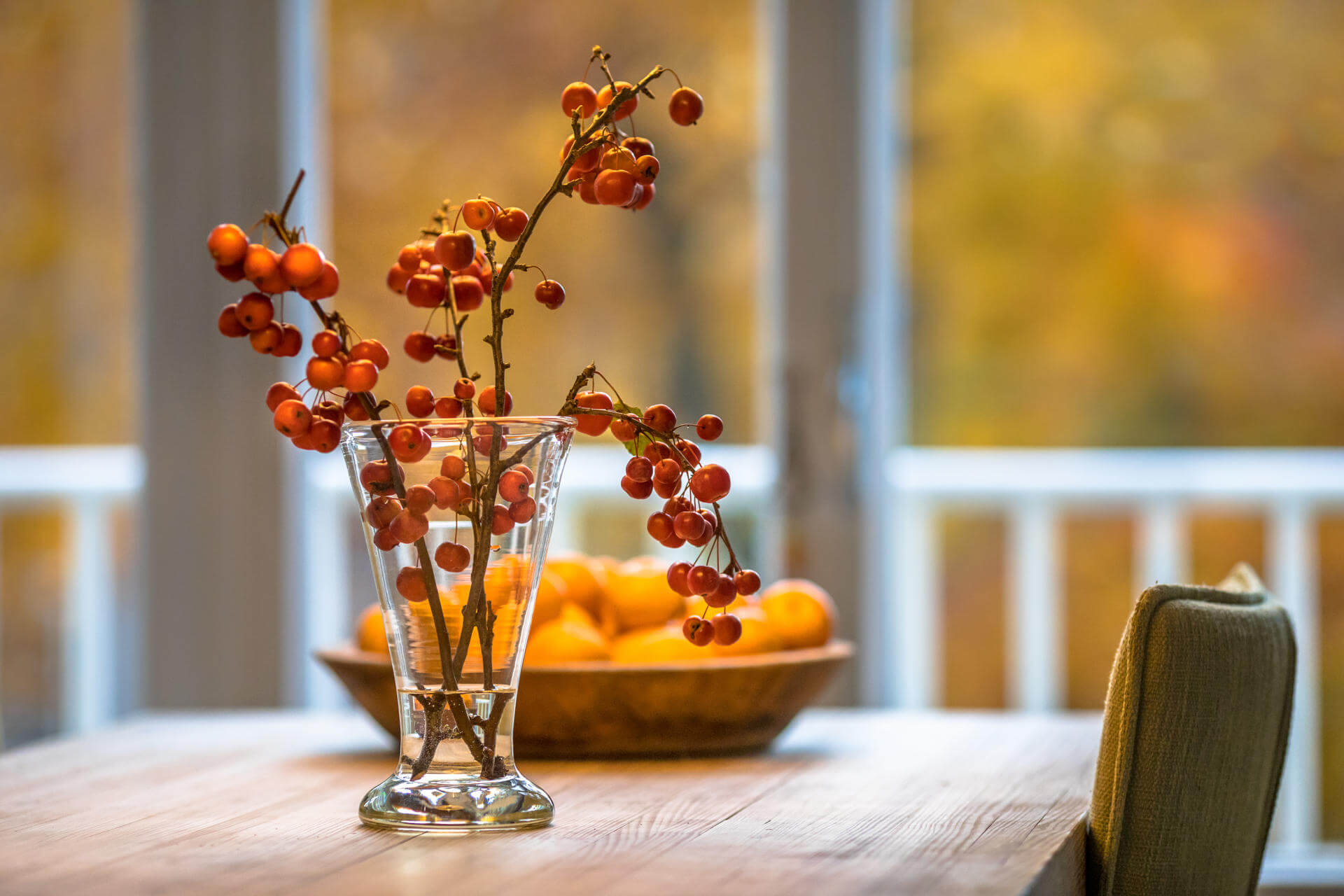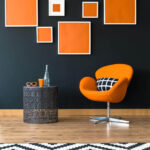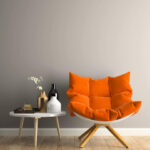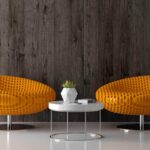- Blog
Biophilic Design: The Rising Trend in Modern Interiors

Biophilic Design: The Rising Trend in Modern Interiors
In recent years, biophilic design has emerged as a significant trend in modern interior design, transforming the way we approach indoor spaces. Derived from the term “biophilia,” which refers to the innate human connection to nature, biophilic design integrates natural elements into built environments to create spaces that promote well-being, creativity, and productivity.
1. What is Biophilic Design?
Biophilic design is more than just adding a few plants to a room. It is a holistic approach that incorporates nature into architectural and interior elements. This includes the use of natural materials, such as wood and stone, natural lighting, greenery, water features, and views of the outdoors. The goal is to create a strong connection between people and the natural world, even in urban or enclosed settings.
2. Benefits of Biophilic Design
Improved Well-Being: Studies have shown that exposure to natural elements can reduce stress, lower blood pressure, and enhance mood.
Enhanced Productivity: Workplaces that incorporate biophilic design often report increased employee satisfaction and productivity.
Better Air Quality: Including plants and natural ventilation helps improve indoor air quality.
Increased Creativity: Environments inspired by nature have been linked to enhanced creativity and cognitive function.
3. Key Elements of Biophilic Interiors
Natural Light: Maximizing daylight through large windows or skylights.
Indoor Plants: Using a variety of greenery to bring life and color into the space.
Natural Materials and Textures: Incorporating wood, bamboo, stone, and organic fabrics.
Water Features: Adding fountains, aquariums, or indoor waterfalls to evoke a calming atmosphere.
Nature-Inspired Colors and Patterns: Using earthy tones, botanical prints, and textures reminiscent of nature.
4. Applications in Different Spaces
Homes: Creating tranquil living spaces that reduce stress and encourage relaxation.
Offices: Designing workspaces that boost employee morale and productivity.
Healthcare Facilities: Enhancing healing environments by reducing patient stress and promoting recovery.
Educational Institutions: Supporting student concentration and learning with nature-connected classrooms.
5. The Future of Biophilic Design
As awareness of the mental and physical health benefits of nature continues to grow, biophilic design is likely to become an integral part of architecture and interior design. It aligns with the global push toward sustainability and well-being, making it not just a trend, but a vital component of future living and working spaces.
Conclusion
Biophilic design represents a powerful shift in how we create and experience indoor environments. By reintroducing natural elements into our daily spaces, we not only improve aesthetics but also foster a deeper connection to the natural world. As this trend continues to evolve, it holds the promise of healthier, happier, and more inspiring places to live, work, and thrive.
- Recent Post
A Stunning Before & After Transformation
A Stunning Before & After Transformation
A Stunning Before & After Transformation
- Categories
Landscape
(15)
Home Decoration
(22)
Design Trends
(10)
Sustainability
(8)
Project Management
(12)
Industry News
(18)
- Tags





